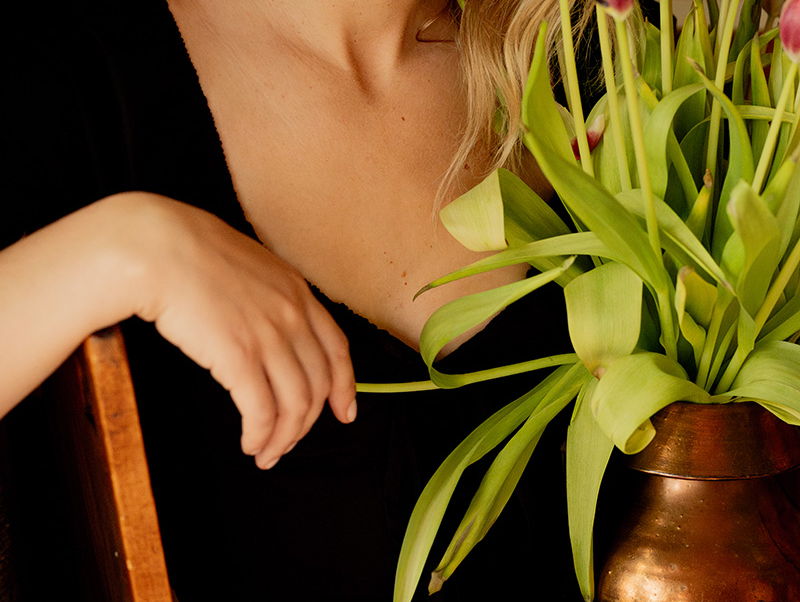I used to believe that growing together in a relationship meant staying the same. Same goals. Same pace. Same dreams. But here’s what I’ve learned: love doesn’t mean staying still. It means learning how to move—together—even when life pulls you in different directions.
Growth is inevitable. So is change. Careers shift. Values evolve. Bodies age. Desires deepen. Pain, joy, heartbreak, healing—they all shape us into new versions of ourselves. And in a long-term relationship, the real challenge isn’t avoiding that change. It’s learning how to love each other through it.
If you’re in a relationship and wondering how to stay connected as you both grow—this one’s for you.
1. Accept That Change Is a Constant (Not a Problem)
Let’s start with this truth: change doesn’t mean your relationship is falling apart. It means you’re alive.
So many couples get scared when one person starts shifting. Maybe your partner is suddenly passionate about something new. Maybe you are questioning a job, a religion, a belief system you used to share. Maybe you’re healing old wounds that are changing how you relate to love. That doesn’t mean you’re broken. It means you’re becoming.
We don’t talk about this enough: even the happiest couples outgrow certain versions of themselves.
What matters is not staying the same. What matters is staying curious about each other as you evolve.
💬 Ask yourself:
“Am I allowing my partner to become who they are, not just who I met?”
“Am I giving myself the same permission?”
2. Talk About Your Growth—Early and Often
One of the biggest mistakes I made in past relationships was keeping my personal changes inside. I was scared they’d rock the boat. But silence is where distance grows.
Whether it’s a shift in identity, spirituality, ambition, or even sexuality—talk about it. Not just in big, scary sit-downs, but in the quiet, everyday moments.
💬 Try saying:
- “I’ve been feeling a pull toward something new, and I’m not sure what it means yet.”
- “I’m starting to see the world differently. Can I share it with you?”
- “I’m growing in ways that feel confusing… but I want you in the process.”
When we narrate our growth, our partner can grow with us. Otherwise, they’re left playing catch-up with a stranger.
3. Stay Curious About Your Partner’s Evolution
It’s easy to feel left behind when your partner changes. But instead of panicking, try leaning in. Ask questions. Get genuinely curious.
I once dated someone who radically shifted their worldview. At first, I felt like I was losing them. But the more I asked, the more I realized: I was just being invited into a deeper part of them. That invitation is sacred.
💬 Instead of saying:
- “You’ve changed.”
Try: - “Tell me what’s been shaping you lately.”
- “What are you learning about yourself these days?”
Staying curious is the bridge between who your partner was and who they’re becoming.
4. Rebuild the Relationship—Over and Over Again
A relationship isn’t one big decision. It’s a thousand small ones. And when one (or both) of you changes, the foundation often needs rebuilding.
This isn’t a bad thing—it’s a sign that you’re evolving together. But it does require effort. New boundaries. New rituals. New understandings of what love looks like now.
Think of your relationship like a home. You wouldn’t expect the same furniture, paint, and layout to last 30 years untouched. Same goes for emotional and relational design.
🛠️ Revisit the “blueprints”:
- How do we connect now?
- What do we each need in this season?
- What do we want to build next?
5. Normalize Discomfort During Growth Phases
Growth hurts sometimes. It stretches. It confuses. It breaks routines. It can feel like a threat to safety—and it’s okay to admit that.
The key is not making discomfort mean disaster.
Some days, your partner might be distant because they’re wrestling with something internal. Some days you might pull away because you’re overwhelmed. This doesn’t mean the love is gone. It just means space is needed—for processing, not punishing.
💬 A few grounding phrases that help:
- “We’re okay, even if this is hard right now.”
- “I’m feeling scared, not because I don’t love you—but because this is unfamiliar.”
- “Let’s not interpret confusion as rejection.”
6. Align on Core Values—Even if the Surface Changes
You might change jobs, change belief systems, change friend circles. But if your values align—kindness, respect, growth, honesty—your relationship can weather a lot.
Sit down regularly and name your shared values. They are your anchors when the rest of life gets unpredictable.
💬 Try this check-in:
“What still feels true for us, even as everything else shifts?”
Values are the compass. Everything else is just terrain.
7. Give Each Other Room to Change—Without Taking It Personally
Not every change is about you. Read that again.
Sometimes your partner is going through something entirely internal—grieving, expanding, shedding old versions of themselves—and it has nothing to do with their love for you.
I had to learn this the hard way. Every time my partner pulled inward, I’d spiral: “Are they losing interest? Is this the beginning of the end?” But the truth was—they were just healing. And loving them meant giving space, not demanding proof.
Give your partner room to grow without making it a threat. And ask for the same in return.
8. Let Go of the Fantasy—Fall in Love With the Now
There’s a quiet grief that happens in long-term relationships. You might mourn the honeymoon phase. The old jokes. The version of you that once fit perfectly. That’s normal. But don’t let nostalgia keep you from seeing who you are now.
The relationship isn’t over—it’s just different. More layered. More real.
Falling in love over and over again requires us to stay awake to who our partner is today, not just who they used to be.
💬 Ask each other:
- “What version of you am I loving today?”
- “How have we surprised each other lately?”
- “What’s something new we could explore together?”
9. Make Room for Individual and Shared Growth

It’s a paradox: in order to grow together, you have to grow individually too.
Some seasons, one of you will need to go deep into solo healing. Other times, you’ll find new things to build together—a business, a family, a shared dream.
There’s no single blueprint. But the healthiest relationships I’ve seen are built on this tension: me and you, and also us.
🌀 Balance looks like:
- Encouraging your partner to pursue their passions, even if they don’t involve you.
- Creating rituals of connection (a weekly walk, a shared playlist, bedtime check-ins).
- Letting silence exist without panic.
10. Know When It’s Growth… and When It’s Growing Apart
Sometimes, growth leads us in different directions. And that hurts. But it doesn’t always mean failure.
There are relationships that teach us how to love—and relationships that teach us how to release. Some people come into our lives to help us grow, not to stay forever.
If your core values no longer align, or if the relationship feels more like restraint than refuge—it might be time to let go. Not out of anger, but out of honor.
Letting go doesn’t mean you stopped growing. It means you outgrew a version of love that no longer fits.
💬 Ask yourself:
- “Is this relationship making space for my full self?”
- “Are we both expanding, or are we shrinking to stay close?”
🌱 Final Thoughts: Growing Together Is a Practice
No one teaches us how to love someone who changes. No one gives us a roadmap for how to evolve beside a partner without losing ourselves—or them. But it can be done.
It takes courage. Communication. Humility. And a deep commitment to seeing your partner as they are, not just as you remember them.
Love isn’t about holding someone in place. It’s about walking with them, even when the path twists.
And if you’re here—if you’re reading this—you already have what it takes.



